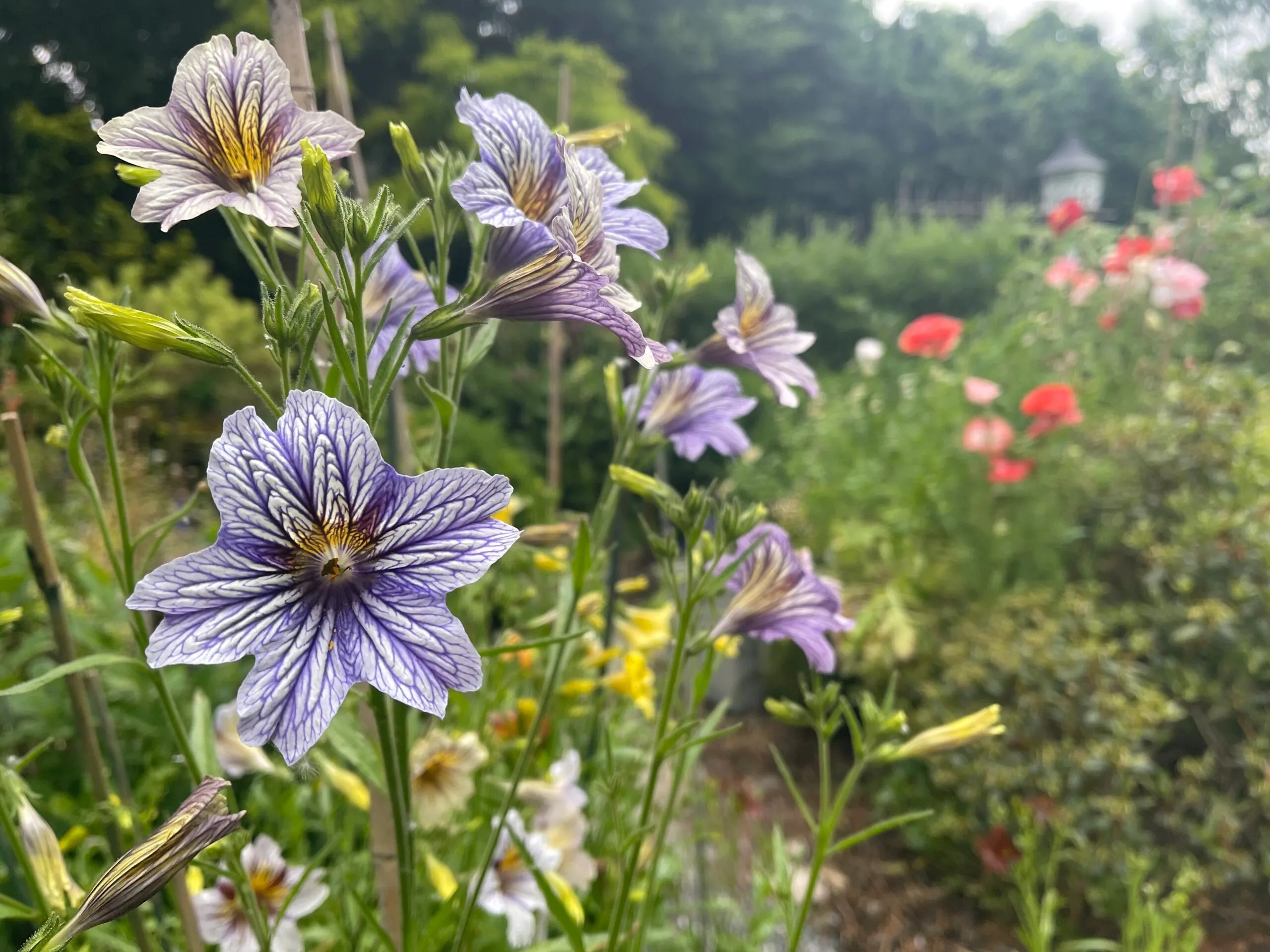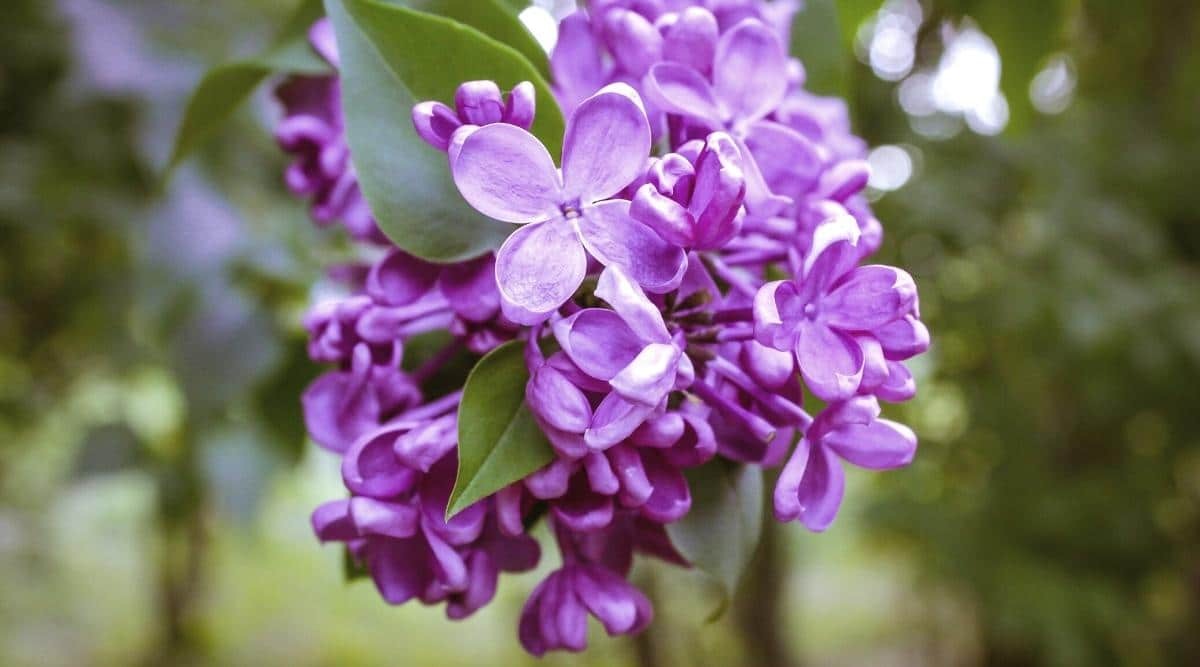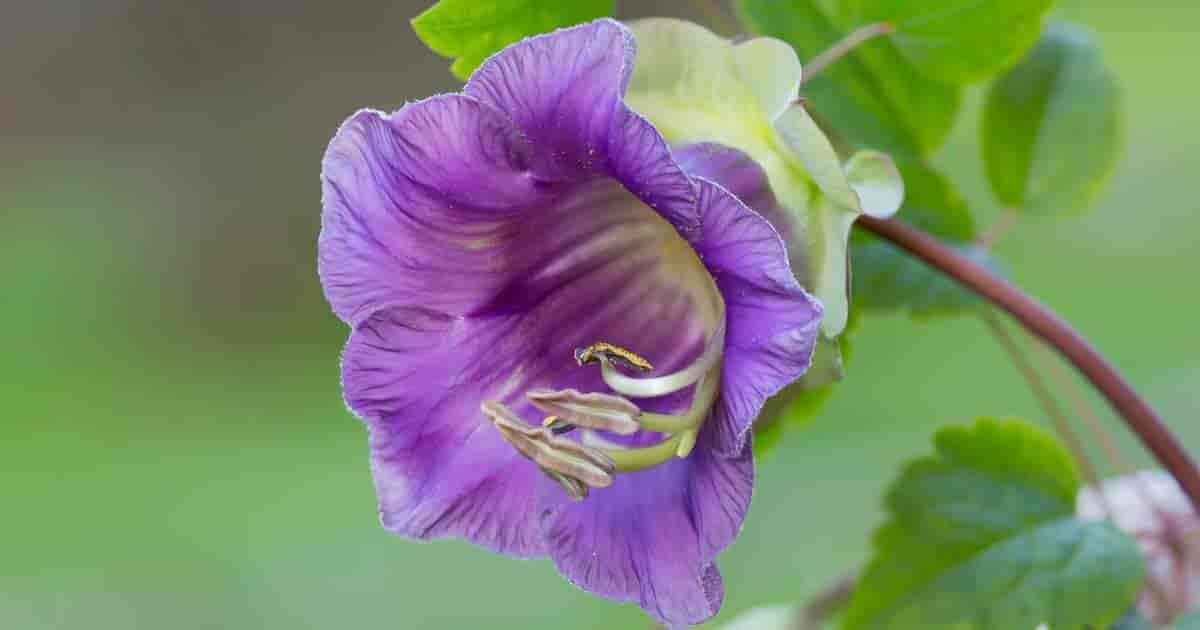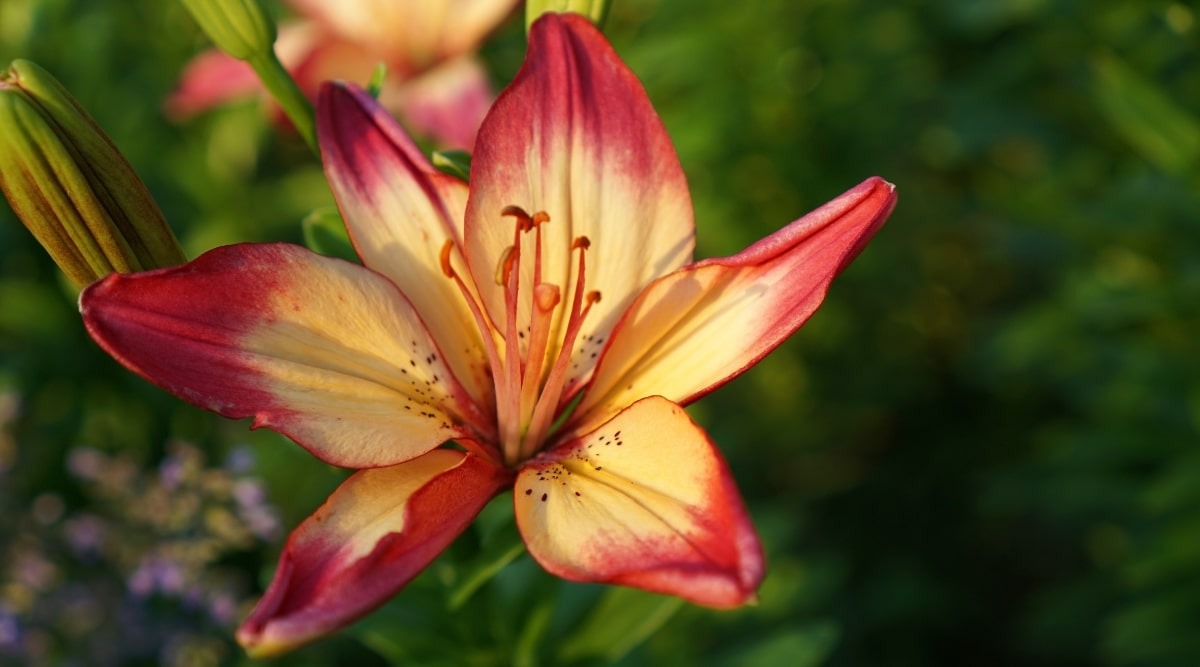I bet that very few people grow up if they are interested in the old-fashioned annual flower called Salpiglossis or Barbzunge, but to continue my last post, this year I decided to try different techniques and methods, most of which defied what we find on the Internet or even in books and seed catalogs. The cultural information for the more unusual directories is often wrong-I really don’t know why information other than this often comes from second or third hand. I would bet that many garden writers do research on the Internet, on Google Search or on the recent books, and to be fair, many freelancers have a tight deadline. I’m really trying not to be critical here, but just honest. I doubtful here that some cultural information is transmitted only by reputable sources (university websites, seed companies and gardening books), but is rarely questioned or well studied. My results may still be wrong, but after three years, I get exceptional results with a few years, and this Salpiglossis study confirms surprising results.
In short, information about Salpiglossis from seed to flowering often begins with contradictory germination recommendations. Germinate dark, sown superficially, sow seeds 1/4 inch deep, seeds need light or complete darkness to germinate. For years I followed the instructions of a very trustworthy book on breeding annuals – I covered the superficially sown seeds with foil, kept the trays warm until the seeds germinated.

Although I don’t know where this information came from, it may have come from early seed pickers who found that Salpiglossis sinuata grows in their natural habitat in a unique coastal climate where the sea air is cool, often cloudy and cloudy in winter, but the seed falls on a rocky surface where it is shaded. I should note that my research is certainly wrong, I usually try to look back through history to see where a plant is native, I take notes on the climate there and how it relates to the natural cycles of the plant. Salpiglossis in this matter is unique. Still, there is NO excuse for such a contradiction when it comes to germination recommendations – and some seed packages from large seed companies provide conflicting information printed on the same package in different places.
I couldn’t believe that my tiny seedlings – with great care, but not too much effort – would grow to what the books once promised – plants 4 to 5 feet tall, some up to 6 feet tall. If you have ever tried to grow Salpiglossis in your flower beds from seedlings that you bought in nurseries, you know how unusual it is. I wanted to know why nursery plants were often 1.5 feet tall-maybe 24″, and what did we do wrong.
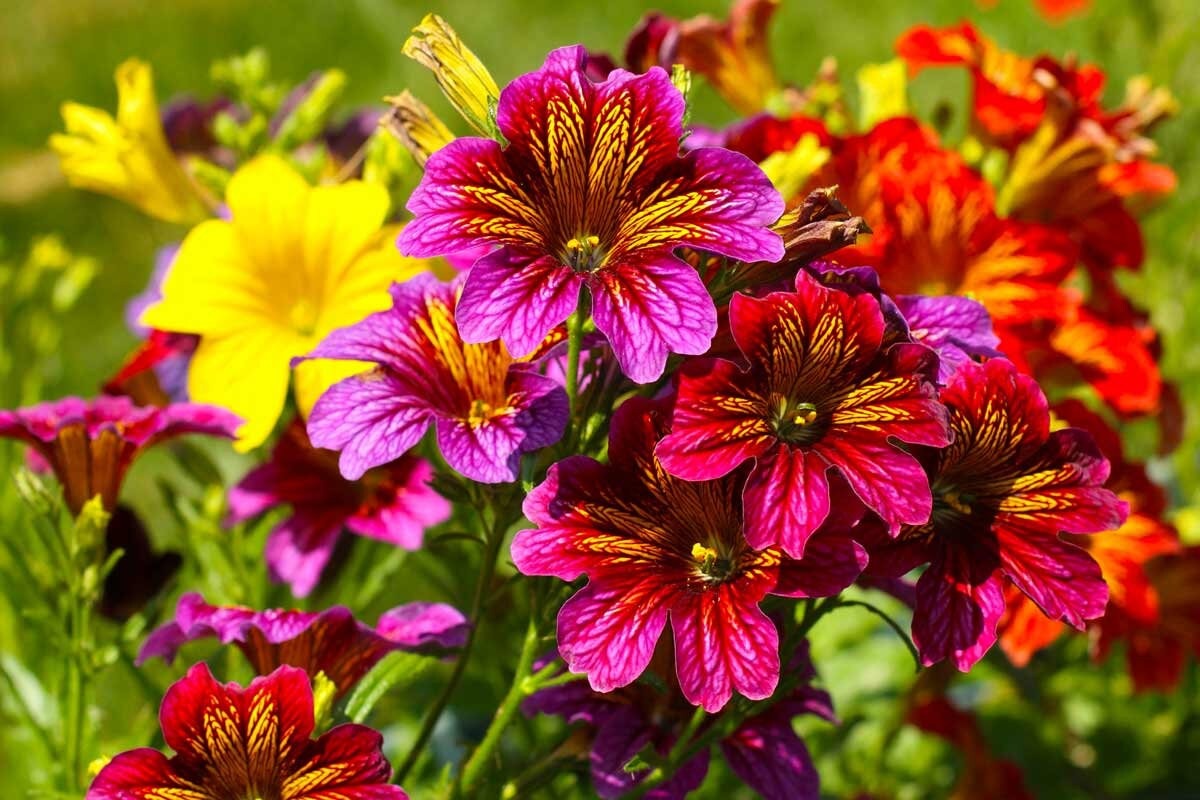
I used a number of sources for advice on seeds and crops, but the 2021-22 seed catalogs offered only a few varieties of Salpiglossis. It seems that the few producers only introduce an interesting variety every few years, and most seed companies return to the old standards. This is understandable, because so few of us grow Salpiglossis. It is not a large cut flower, and a good majority of amateur gardeners do not even know what it is, let alone that they have ever seen a flowering plant. The vignettes are often misleading, and many simply write them as another Petunia that seems similar (but it is published because Salpiglossis is organized in solanaceae with petunias and tomatoes).
I must also add that even if I have managed to grow Salpiglossis by following the cultural tips that are often found online or in books (surface, but keep the shells in total darkness until germination), I have always found that even if I catch the seedlings as they have sprouted, they are still too long and never seem to recover. Not to mention that I have always wondered why there are such tips, because they simply never make sense.

I found that very old books (nineteenth century) often suggested covering seeds slightly, but my opinion changed when I started downloading professional growing guides provided by the main seed suppliers (hence the seed catalogs get their seeds). These guides are aimed at commercial growers – often wholesale nurseries or nurseries that depend on growing healthy plants from bed plants. Although they are often not useful for home farmers, as they can be complex or contain information such as coded feeding plans or parts per Million, they offer valuable tips, including the depth of the soil for sowing seeds which was 1 / 8-1. 4″ deep. Not sown superficially.
